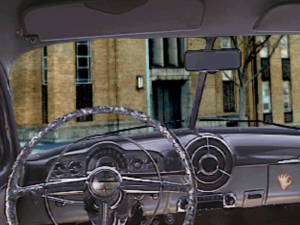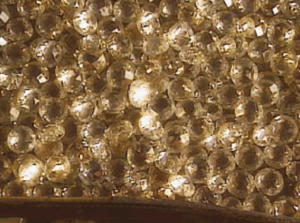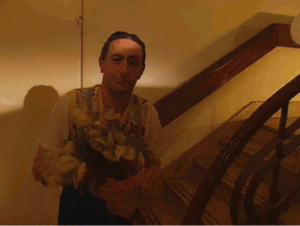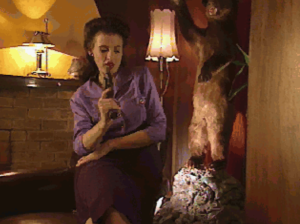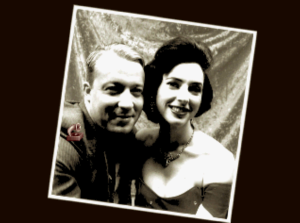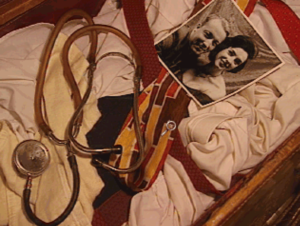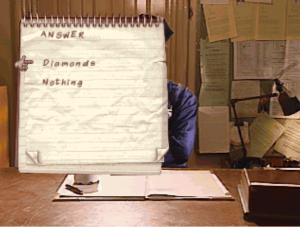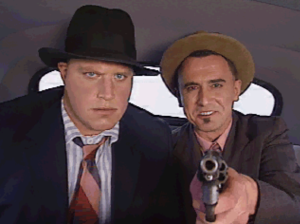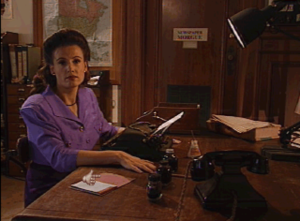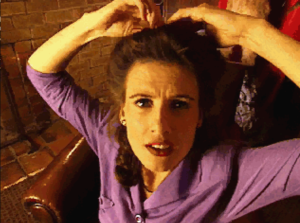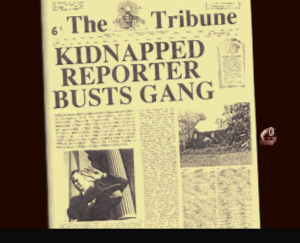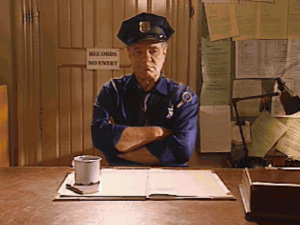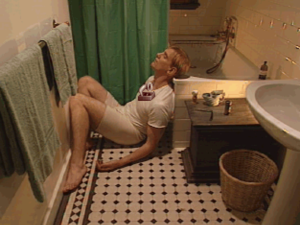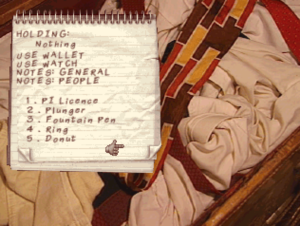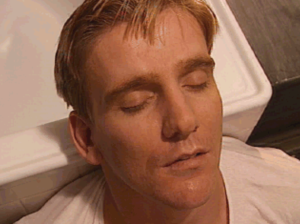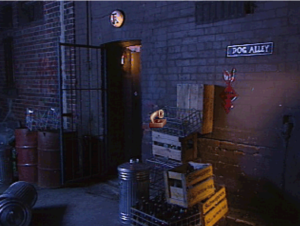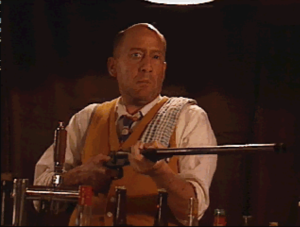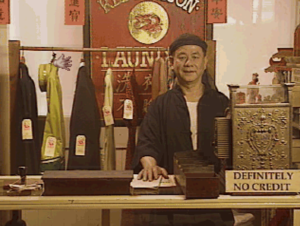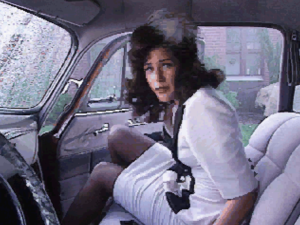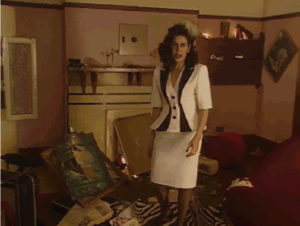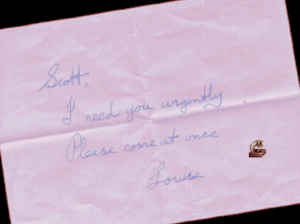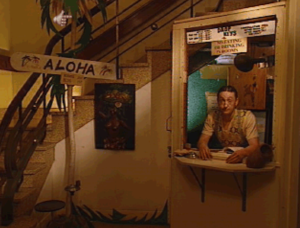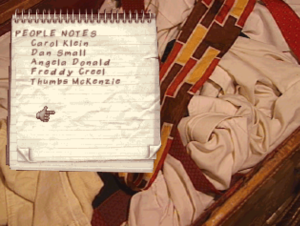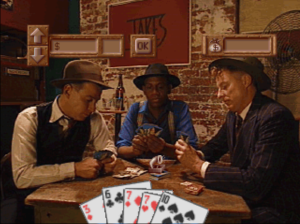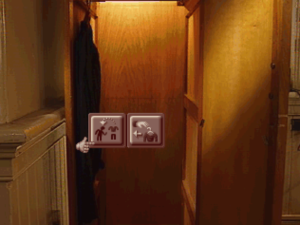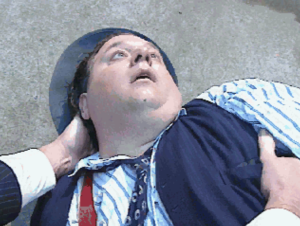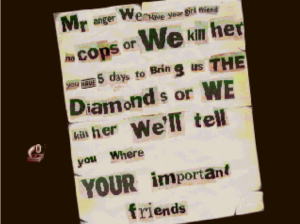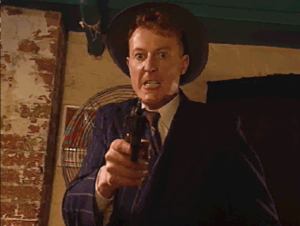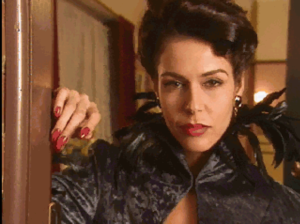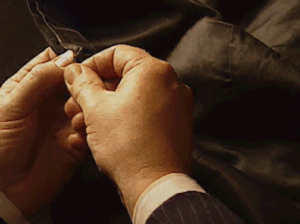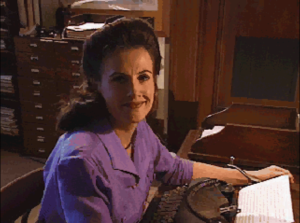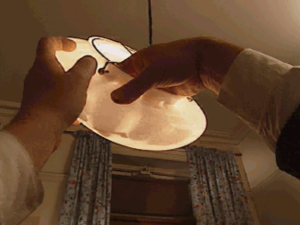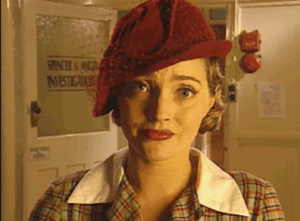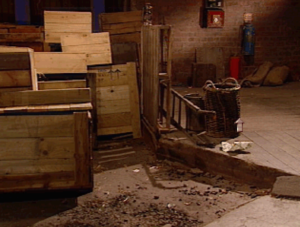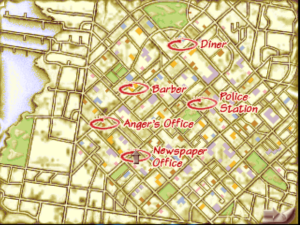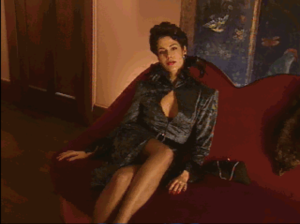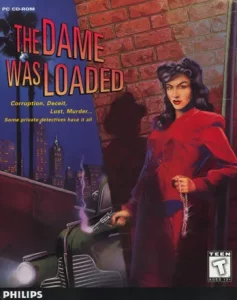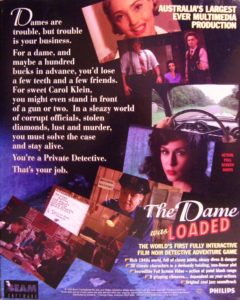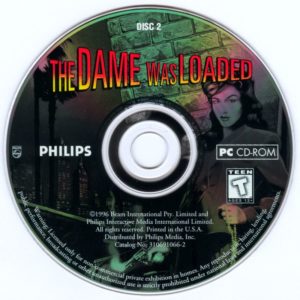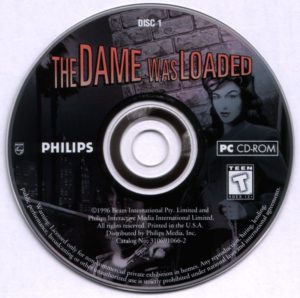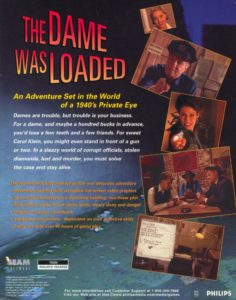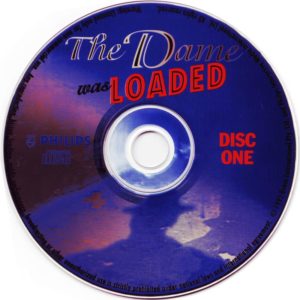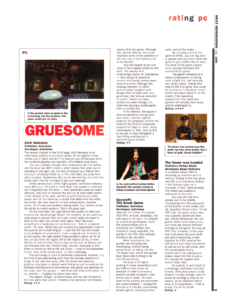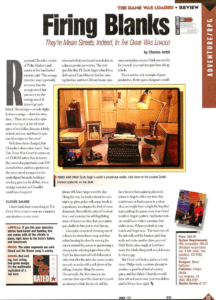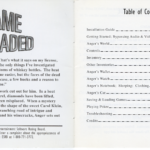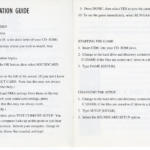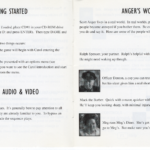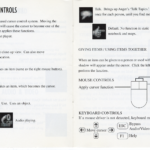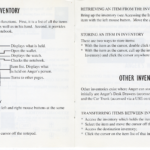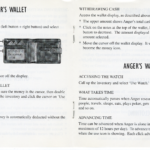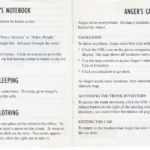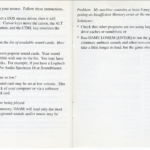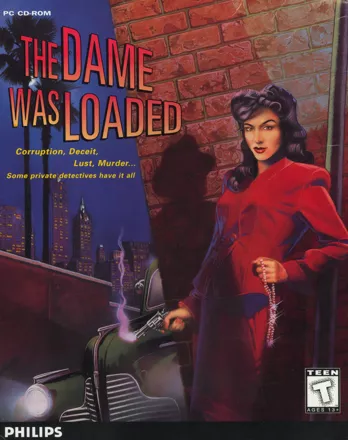
When it was released in 1996 The Dame was Loaded was the most ambitious multimedia production attempted in Australia. The project received funding support from the state government of Victoria and was heralded as an exciting new chapter in multimedia down under. Game Developers Beam Software had created their own full motion video compression technology in-house and had the compressed video interfacing within one of their custom game development engines. However, managing a tight memory budget was still a major constraint on the games design. Despite Beam’s video system capacity to reduce the video (and still have it render well on the average 1990s home computer) there was a limited amount of moving image footage that could be implemented in the game due to the memory budget. The live action video therefore was carefully used for the most impact, showcasing the emotional landscape of the game’s characters and the story’s drama.
The overwhelming desire for better computer graphics was a dominant narrative of 1990s computer gaming. It was an era where computer hardware and computer games were in an ambitious alliance of more processing power and more powerful graphics cards to liberate 3D computer games from their cartoony low polygon look. Journal reviews of games frequently spent more time reflecting of the tiny improvements to graphic fidelity than actual gameplay. Game artists carefully rationed their world building ambitions within tight memory budgets. But there was another way to move beyond the limitations of the low poly worlds and that was the use of Full Motion Video. The increased processing power and better graphics cards of the 1990s also supported the inclusion of the use of recorded video of live action within videogames.
For The Dame was Loaded director Jo Lane (Vixen Films) wrangled the shooting of a 600-page script that needed to capture all permutations of possible actions allowed by player choices. This required multiple versions to be shot of most scenes. Each clip was carefully timed to the second in the script.
Stills photography was also critical on the film shoot as still images of the actors in action were used extensively in the game. Stills required less memory than the video. David Giles, the game’s Producer at Beam recalls checking anxiously that all scenes and images were correctly captured during filming as without them they would be missing critical content needed to make the game.
The gameplay resembles a point and click adventure but rather than a world rendered in the 16bit of Lucas Arts SCUMM Engine, The Dame was Loaded presents a rich cinematic world. The game is played in the first person, a narrative device used by Raymond Chandler in his genre defining hardboiled detective books. The game features a glamorous and mysterious lady whose motives may not be pure, a gallery of seedy characters to interact with and many puzzles to be solved by you as gumshoe detective Scott Anger (a man with a tragic past and a hard drinking habit).
The Dame was Loaded features a full cinematic scrolling credit sequence complete with a soulful noir torch song created in-house with lyrics by Beam’s Craig Duturbure and music by Marshall Parker, Beams Composer. The credits capture the differing roles of the two contrasting teams working on the game’s development and film. Videogames at this time rarely required the elaborate credit sequences of cinema as development teams were still quite modest in size.

